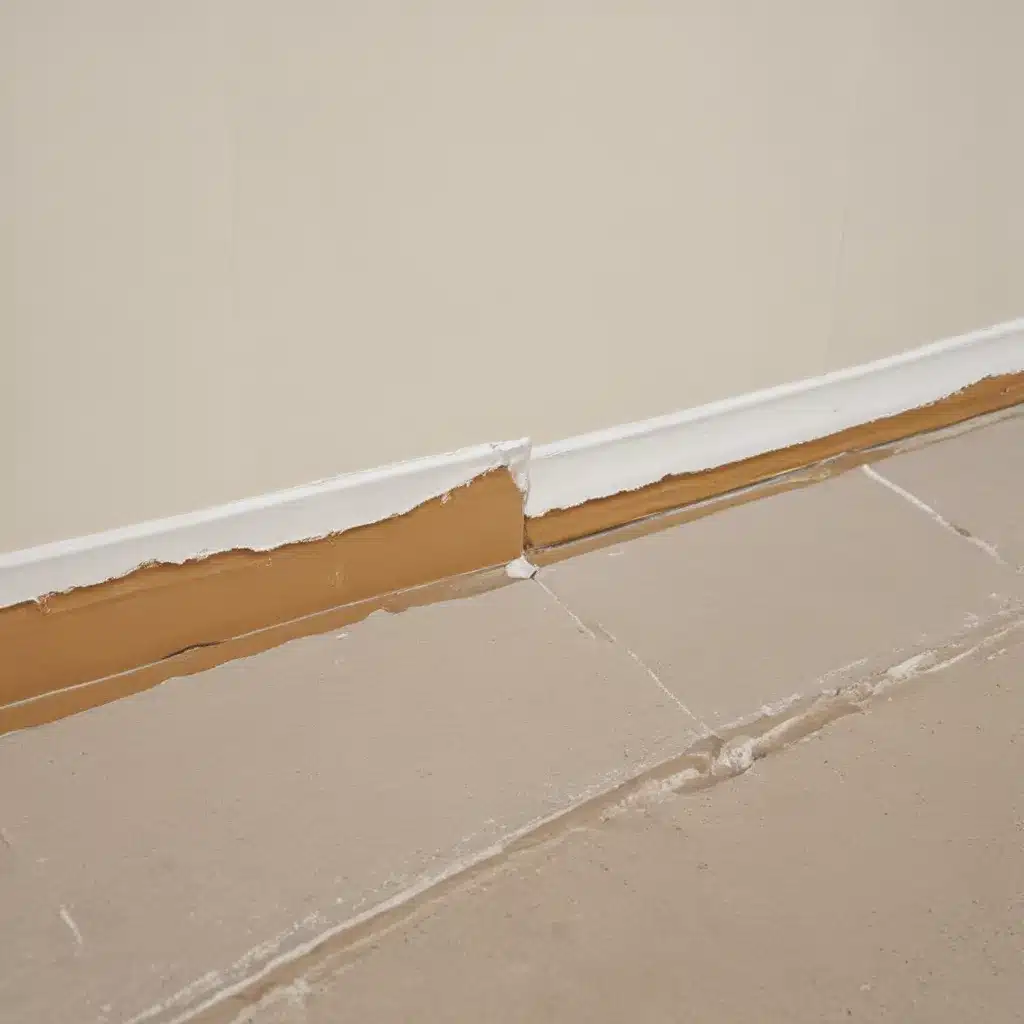
Drafty Disasters and the Battle for Comfort
Picture this: It’s the dead of winter, and you’re huddled under a blanket on your living room couch, teeth chattering, as a cold draft blows through the room. You can practically see your breath! Meanwhile, your energy bills are skyrocketing as your heating system works overtime to compensate for all the air leaks in your home. Sound familiar? Well, my friends, the time has come to take action and put an end to these drafty disasters once and for all.
As a proud homeowner in the Aberdeen area, I know the struggle all too well. Our homes can be our sanctuaries, but when they’re plagued by pesky air leaks and woefully inadequate insulation, they can quickly become a source of stress and discomfort. But fear not, because I’m here to share my hard-won knowledge on how to seal those gaps and insulate your home for maximum coziness and energy efficiency.
The Leaky Envelope: Finding and Fixing Air Leaks
Let’s start with the most obvious culprit: air leaks. According to the U.S. Department of Energy’s Energy Saver website, the average home has enough air leaks to equal an open window every day of the year! That’s a lot of wasted energy and money.
The first step is to identify where these leaks are lurking. Common problem areas include around doors and windows, electrical outlets, attic hatches, and anywhere pipes or wires enter the home. You can do a simple DIY inspection by carefully walking around your home and feeling for drafts, or you can take it a step further with a professional energy audit.
Once you’ve located the culprits, it’s time to seal them up. Caulk and weatherstripping are your best friends here. Caulk works great for sealing cracks and gaps between stationary components, while weatherstripping is ideal for sealing movable parts like doors and windows. The Energy Saver website has a wealth of information on the proper techniques and materials to use.
Insulation: The Unsung Hero of Home Comfort
Now that we’ve tackled those pesky air leaks, it’s time to turn our attention to insulation. As the ENERGY STAR website points out, insulation helps keep your home warm in the winter and cool in the summer. But did you know that a staggering 9 out of 10 homes in the U.S. are under-insulated?
Proper insulation is crucial for maintaining a comfortable indoor temperature and keeping your energy bills in check. It acts as a barrier, preventing heat from escaping in the winter and seeping in during the summer. And let me tell you, there’s nothing quite like the feeling of cozying up in a well-insulated home, knowing that your hard-earned money isn’t being wasted on heating and cooling costs.
When it comes to insulation, attics, floors over crawl spaces, and basements are often the prime targets for improvement. But don’t stop there – consider insulating exterior walls, too, for maximum efficiency. And remember, the right amount and type of insulation can make all the difference, so it’s best to consult a professional or use the Energy Saver website’s insulation guide to ensure you’re getting it just right.
The Dynamic Duo: Sealing and Insulating for Optimal Performance
Now, you might be wondering, “But wait, isn’t air sealing and insulating the same thing?” Well, my friends, they’re actually a dynamic duo that work best when paired together. As the ENERGY STAR website explains, air sealing and insulation are two of the most cost-effective ways to improve energy efficiency and comfort in your home.
Air sealing helps control the flow of air in and out of your home, while insulation prevents heat transfer through the building envelope. By tackling both projects, you can maximize your comfort and potentially save up to 10% on your annual energy bills. It’s like having a one-two punch against drafts, cold spots, and sky-high utility costs.
So, what are you waiting for? Head on over to ABC Home and let’s get started on sealing those gaps and insulating your home for a cozy, energy-efficient future. Your wallet (and your toes) will thank you!
















